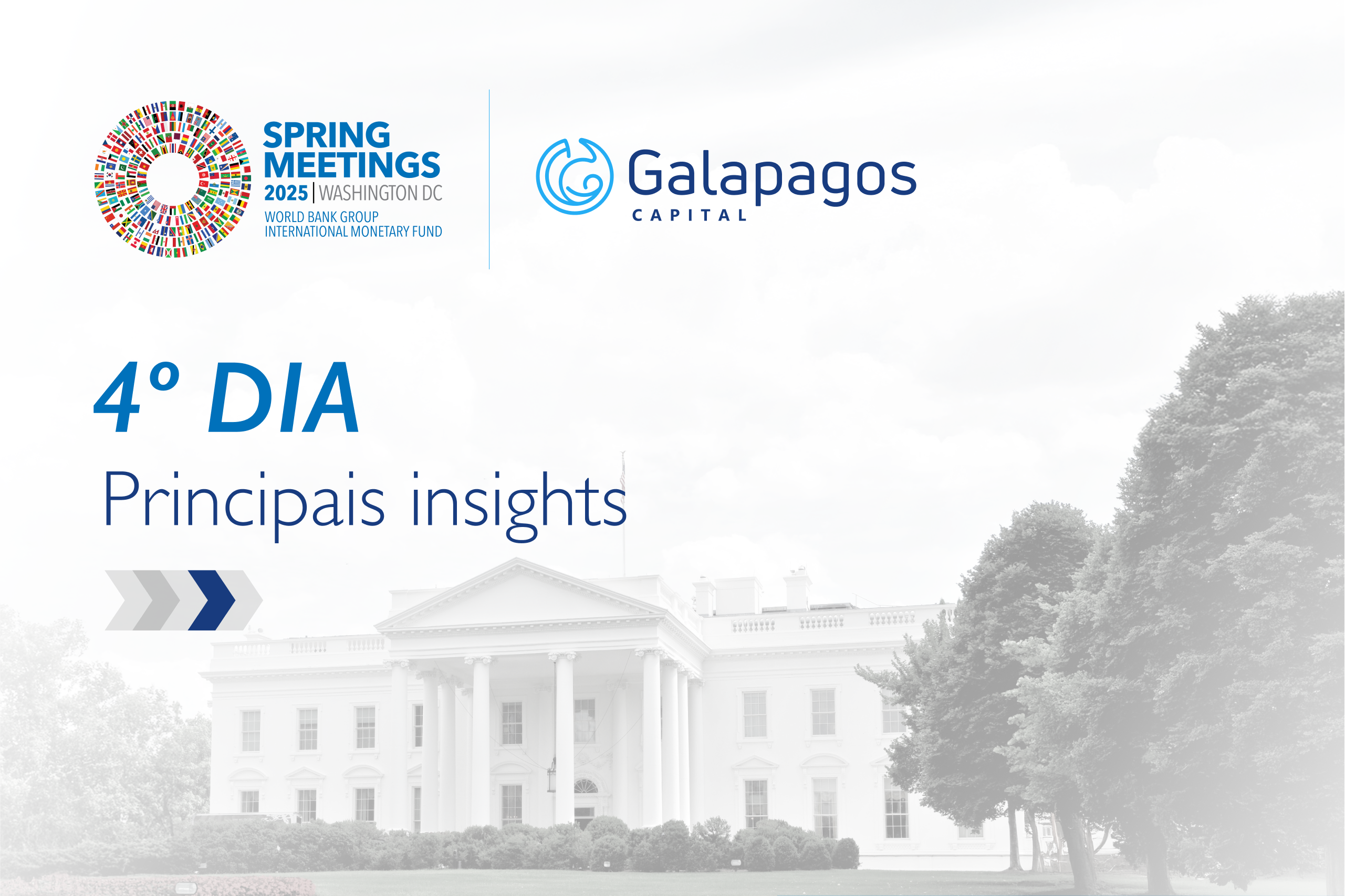Public Debt Surpasses $100 Trillion: What This Means for the Global Economy
Global public debt has reached a historically concerning threshold. According to the International Monetary Fund (IMF), public debt worldwide surpassed $100 trillion in 2024, equivalent to 92% of global GDP. Projections suggest an even more alarming trajectory: debt levels are expected to exceed 100% of global GDP by the end of the decade.
This evolution places mounting pressure on economies of all sizes and structures, reinforcing the urgent need for effective strategies to monitor and manage public indebtedness amid increasing uncertainty in the international environment.
What Is Debt-at-Risk? A Forward-Looking Indicator for Fiscal Sustainability
The concept of “debt-at-risk,” developed by the IMF, introduces a new framework for evaluating public debt sustainability. The model integrates economic, financial, and political conditions, using quantile regression analysis based on annual data from 75 economies to project forward-looking trends over a three-year horizon.
Simulations indicate that, under a severe economic shock, global public debt could reach 115% of GDP—a level not observed since the end of World War II. This reinforces the urgency of implementing agile fiscal monitoring systems and preventive policies to avoid sovereign crises.
Moreover, the debt-at-risk model has proven to be a strong predictive tool, having effectively signaled previous fiscal crises—enhancing its relevance in today’s macroeconomic context.
Key Drivers Behind the Rising Risk of Global Public Debt
Persistent Primary Deficits and Tighter Financial Conditions
Two main factors are driving the rising risk associated with global public debt:
- Persistent primary deficits: Ongoing imbalances between public revenues and expenditures are weakening countries’ fiscal positions.
- Tighter financial conditions: Higher interest rates and declining global liquidity are increasing vulnerability, particularly for highly indebted economies.
While advanced economies still account for the majority of global debt, their fiscal vulnerability has declined since the pandemic. In contrast, emerging markets have seen a marked increase in fiscal risk, given their heightened sensitivity to financial volatility and external shocks.
The IMF positions debt-at-risk as a “canary in the coal mine,” offering early warning signals of economic stress before full-blown crises materialize.
How to Address the Rise in Global Public Debt: IMF’s Core Recommendations
How Fiscal Consolidation Can Mitigate Sovereign Risk
To contain the upward trend in debt, the IMF highlights three core policy avenues:
- Reduce primary deficits
Curtailing public spending and strengthening revenue collection are essential to limiting debt accumulation. - Implement gradual, context-specific fiscal consolidation
Each country must tailor its adjustment measures to local socioeconomic conditions, avoiding overly contractionary policies that could trigger recessions. - Promote sustainable economic growth
Strategic public investments—particularly in infrastructure and innovation—can expand the tax base and support long-term fiscal balance.
A key concern is the crowding-out effect: elevated public debt levels tend to displace productive private investment, thereby limiting future economic growth potential.
Prudent debt management is not merely a fiscal priority—it is fundamental to preserving global economic dynamism and long-term sustainability.
Conclusion: Fiscal Consolidation Is No Longer Optional—It’s Imperative
The global economy is confronting an unprecedented public debt landscape. Without coordinated and effective action, the risk of systemic economic crises will rise materially.
The debt-at-risk framework stands out as a critical tool for anticipating vulnerabilities and guiding policymakers in designing targeted fiscal consolidation and growth-oriented strategies.
Consolidating public finances and investing in sustainable growth are no longer discretionary—they are strategic imperatives for safeguarding financial stability over the coming decades.
Want to receive the next insights directly in your inbox? Click here and sign up on our landing page to receive all real-time updates.Produced by Tatiana Pinheiro, Chief Economist at Galapagos Capital.















